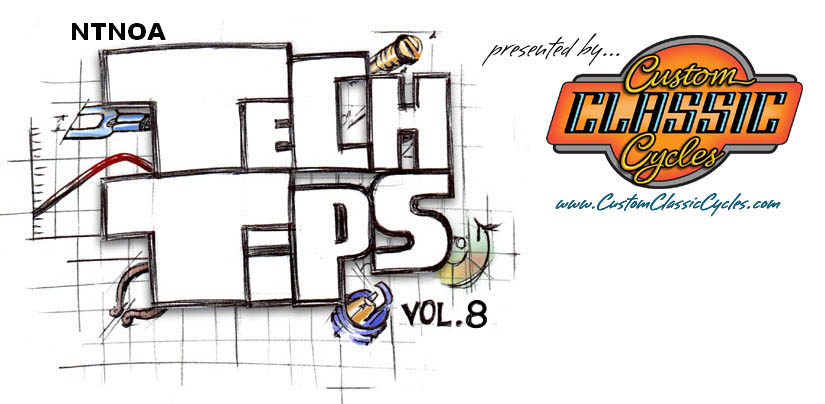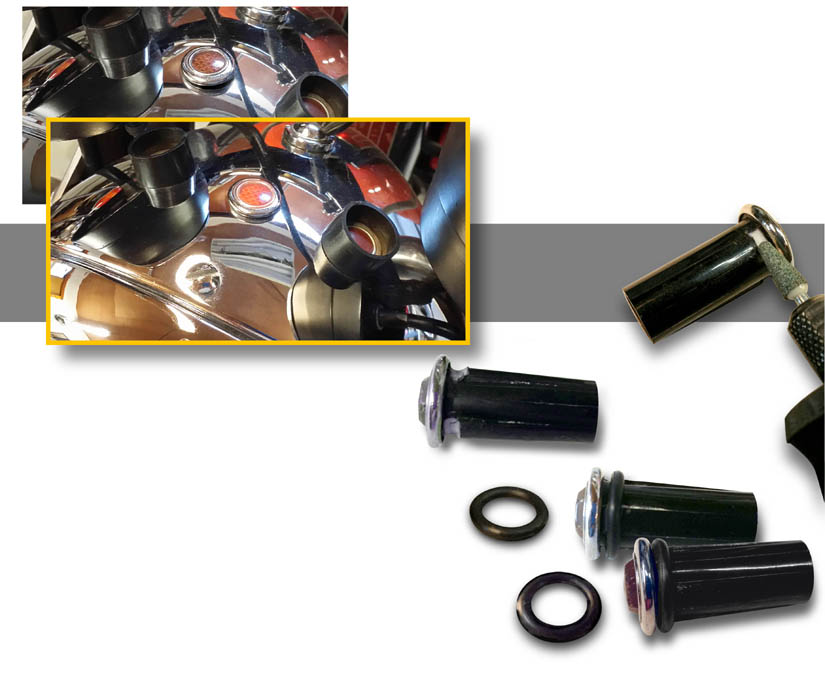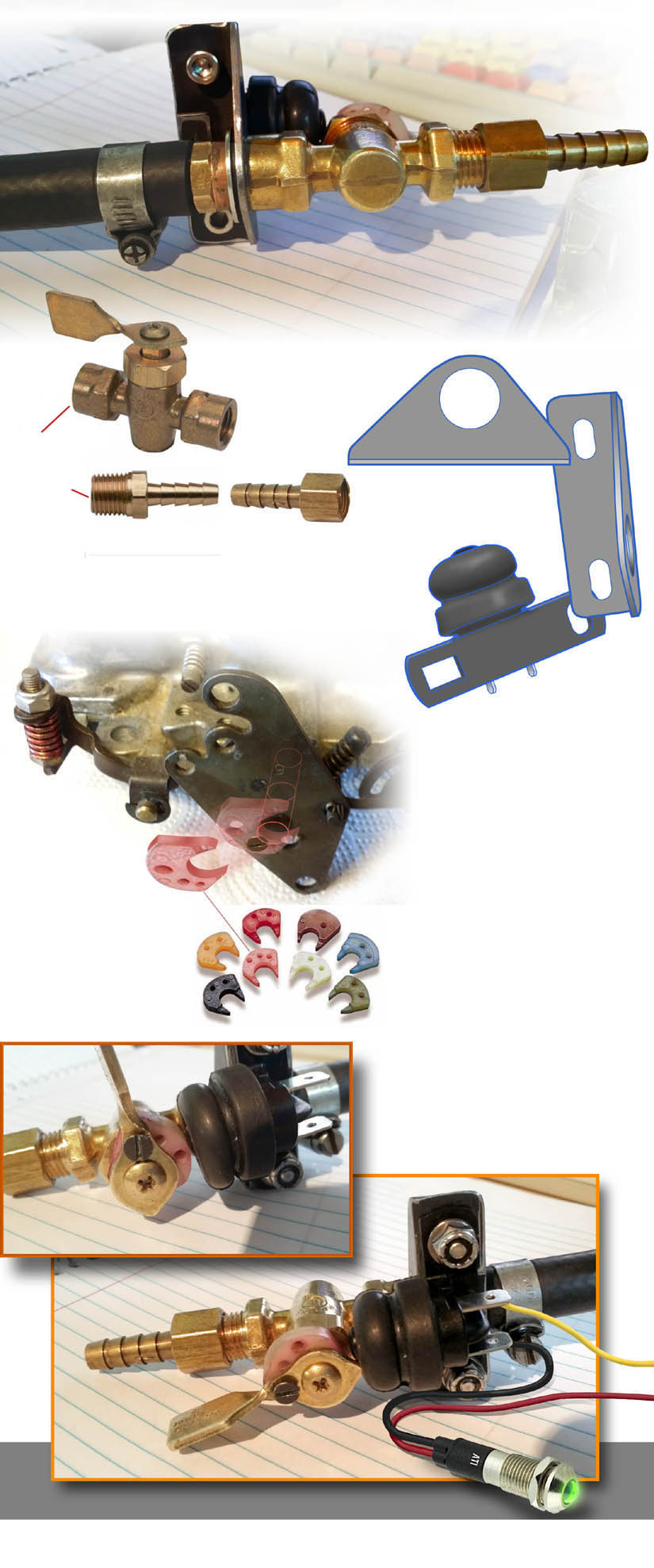
Getting and keeping those pesky Lucas indicator lights snug in their headlight shells
requires "O" rings and Dremel tool engineering...
1/4" ID on the fuel valve provides an unrestricted flow of oil and with a male and female barb on each end fits perfectly with the typical classic British oil lines
Make a cardboard template
Mount all components
Make adjustments
Replicate in mild steel
The Brit brake switch, love it or hate it,
is a good choice as it's ON when NOT depressed. Cheap and plentiful but buyer beware that it's made even cheaper in some parts and they do pop their rubber tops eventually
An old Holley boat carb supplied the idea and the parts to rig the accelerator pump cam to the shaft of the Moeller fuel valve. That's why we don't throw stuff away
If you own an early 70's British motorcycle there's a good chance you've got these Luca's indicator lights - notorious for not fitting snugly in their sockets and maybe not so bright in daylight. We solve the former finally. The second part of Volume 8 involves a contraption of sorts to prevent wet sumping without toasting your engine. As always please send your questions, comments, etc. to Bob at...
willyrobcox@gmail.com
Begin by creating notches on each of the three raised ridges using a Dremel tool and the smallest of grinding attachments. Keep the notches tight to the chromed caps and go slow to prevent marring them or going too deep.
When fitting shields their extra thickness has to be accounted for by adjusting the width of the notches and/or using thicker metric or inch equivalvent "O" rings. They're just right when upon assembly into the headlight shell they want to roll into the notches and stay there, and the indicator bezel is nice and flush.
The plastic sun shields may disguise the mounting of their indicators but the exposed one can't hide the fact that it's not flush. All seems fine til you put the headlight back in and the bundle of wires that congregate there push at least one of them partially out. My past attempts to solve this have been only partly successful - silicone rescue tape, small zip ties, combinations, incantations. This "O" ring approach works best.
The retaining ridges become notched so
the "O" ring can
find its groove
A variable speed Dremel works best as you want to go slow
Leave the burrs - don't go too deep
Metric "O" ring 10mm x 15mm
x 2.5mm (thick)
The Moeller product
photo doesn't show that on the M/F valve this is
a male thread
like the barb
Moeller's 1/4" x 3/8"male/female marine petcock uses NPT tapered threads. No sealant should be needed as it's all brass
Metric "O" ring
10mm x 16mm
x 3mm or even fatter inch equivalent
Aftermarket
kits are about $16 and give lots of options
A marine 1/4 inch fuel valve, a used Holley accelerator pump cam, a 70's era brake switch and a 90 degree bracket combine to create an oil feed cutoff that gives you a green light when you're good to go... |



